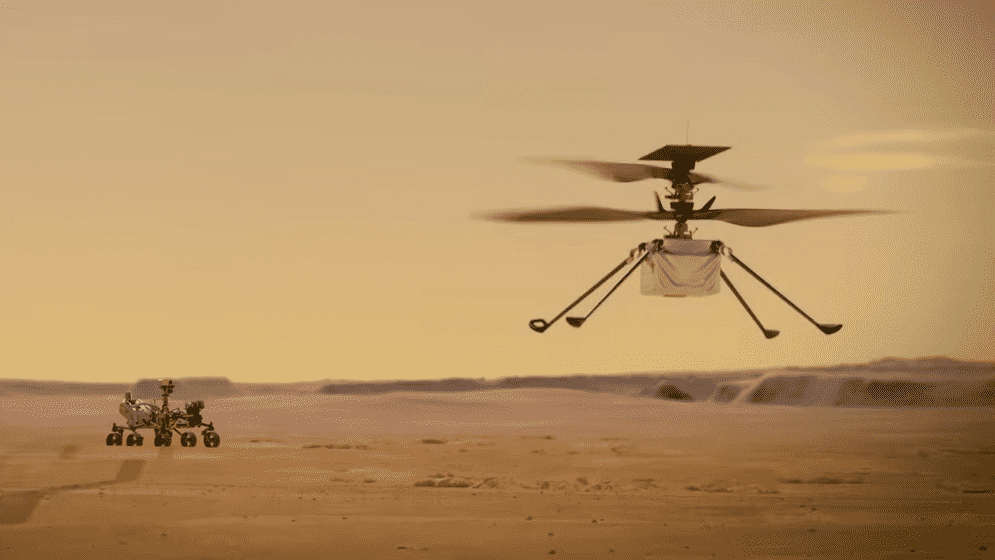NASA is sending more helicopters to Mars after the first one performed so well. NASA revealed on Wednesday that it intends to send two more Ingenuity-class helicopters to Mars aboard its future Sample Retrieval Lander.
This is in the wake of the organization’s ongoing, spectacular success with the Mars Ingenuity helicopter mission. With 29 successful flights as of now, the tiny rotorcraft has lived much longer than anticipated, demonstrating that using a helicopter to research Mars is more than achievable.

According to NASA MSR program manager Richard Cook, the helicopters the agency will send will be comparable to Ingenuity in size and mass but will have two significant differences.
“There will be landing legs that include, at the bottom of them, mobility wheels,” Cook explained, saying this new capability will allow the helicopters to “traverse across the surface.”
The NASA mission includes Perseverance, a 2,200-pound rover, and Ingenuity, an experimental Mars helicopter.
The helicopters will be able to pick up the sample tubes left behind by perseverance, thanks to a small robotic arm on each craft.

This is part of a fundamental rethinking of NASA’s next great Mars mission, a collaboration with the European Space Agency to return Martian rocks to Earth for careful inspection by scientists using cutting-edge laboratory equipment that cannot fit into a spaceship.
If such work is required, the helicopters will land near a sample tube, turn over to pick it up, and then fly to a location near the Mars ascent vehicle. Following the touchdown, the helicopters will approach the vehicle and drop the sample within reach of an ESA-built transfer arm, which was recently disclosed.

The redesign decision means that no ESA rover will touch down on Mars in the near future. But the new concept also may allow NASA and ESA to accomplish the ambitious sample return effort with less cost and complication, according to the coalition.
“The engineer in me was fascinated by the sample rover because it’s designed to travel much faster than previous Mars rovers, probably about four or five times as quickly over the surface,” David Parker, director of ESA’s human and robotic exploration, told reporters today.


